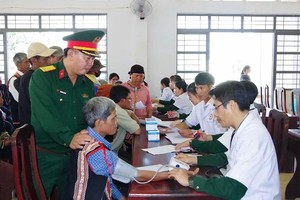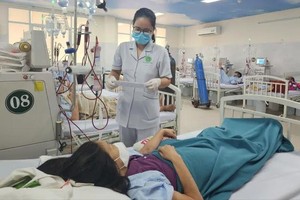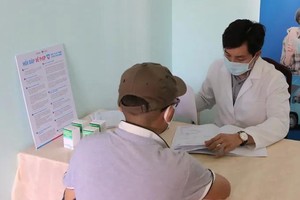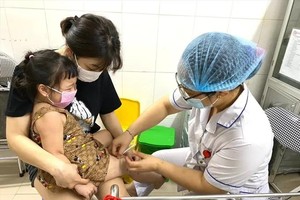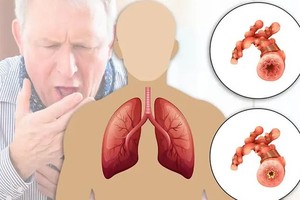The Dak Lak Provincial Sub-Department of Livestock Production and Animal Health confirmed the detection of an A/H5N1 avian influenza outbreak in Ea Knop Commune on July 22.
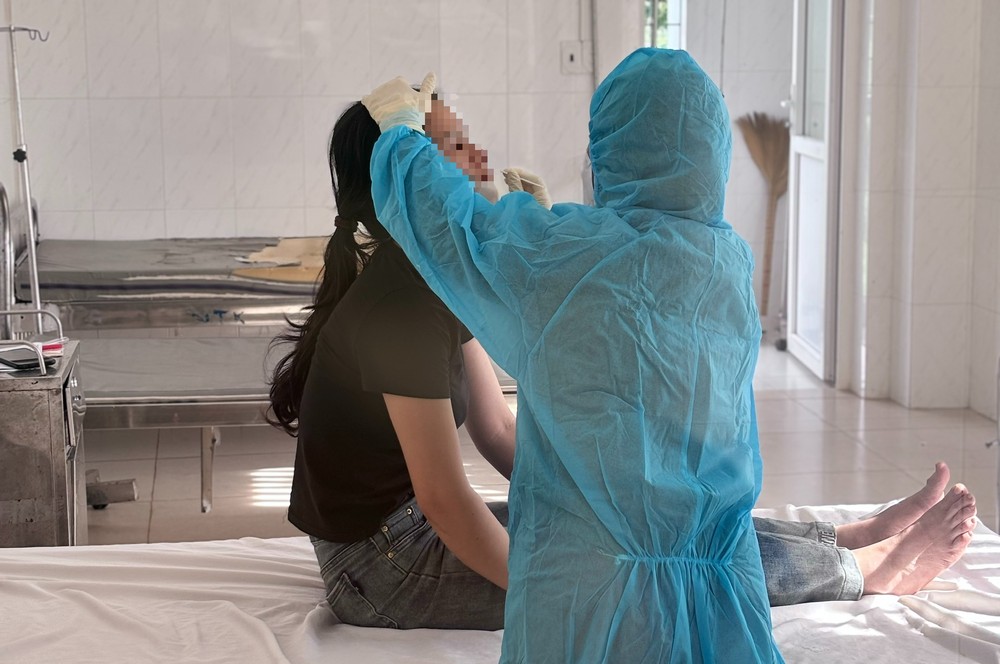
Initial reports showed that farmer H.V.T. of Hamlet 14 had been raising 2,000 chickens. Of these, 1,900 birds, aged 130 days, were sold in two batches on June 15 and 20. By July 10, the remaining 100 chickens developed symptoms such as pale combs and yellow watery droppings before gradually dying. Laboratory tests later confirmed A/H5N1 infection. All infected and dead birds were promptly culled, and the incident was reported to authorities.
In response, the Ea Kar Livestock Production and Animal Health Station, in coordination with Ea Knop Commune authorities, began monitoring the outbreak, compiling poultry inventories in Hamlet 14, and urging residents to vaccinate their flocks and implement strict biosecurity measures. The T. family was instructed not to restock their farm for 45 days. Meanwhile, the Dak Lak Center for Disease Control (CDC) collected samples from family members to rule out potential bird-to-human transmission.
On the same day, Mr. A So Lai, Party Secretary of Dak Plo Commune in Quang Ngai Province, reported that local authorities were urgently isolating and quarantining cattle showing symptoms of foot-and-mouth disease in Dong Loc Hamlet to prevent the outbreak from spreading.
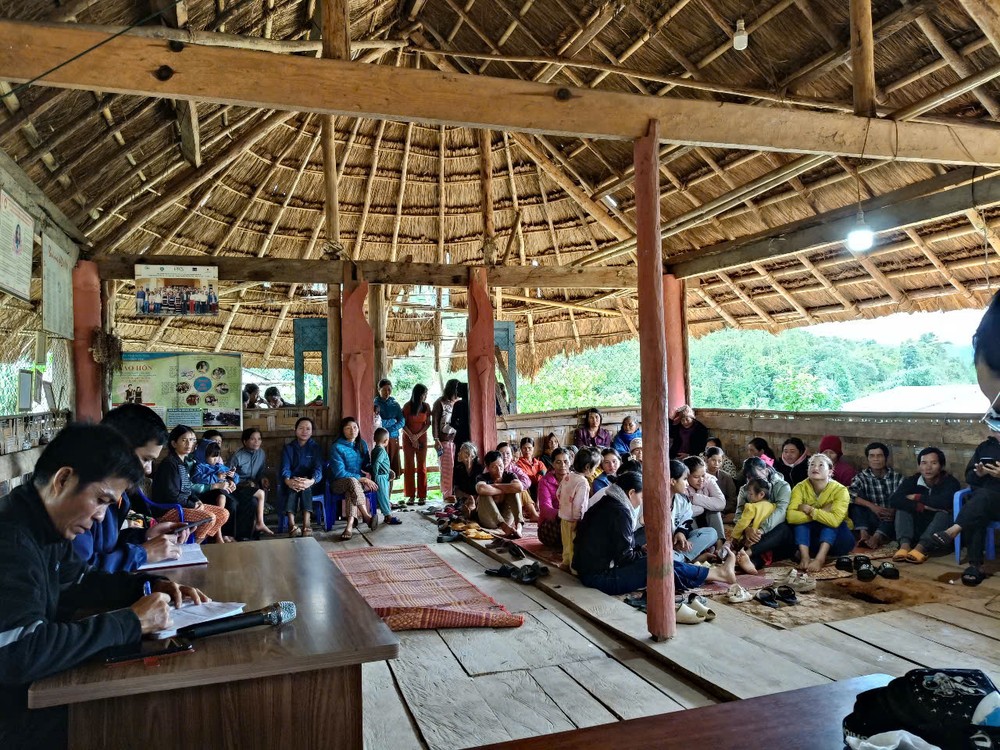
According to the Dak Plo Commune People’s Committee, from July 18 to 20, several households in Dong Loc noticed unusual signs among their cattle, including fever, loss of appetite, excessive salivation, ulcers in the mouth and between the hooves, and difficulty walking. Inspections identified 33 symptomatic cattle from 17 households. Most affected animals were adult cattle that had not received the first-round foot-and-mouth disease vaccination in 2025.
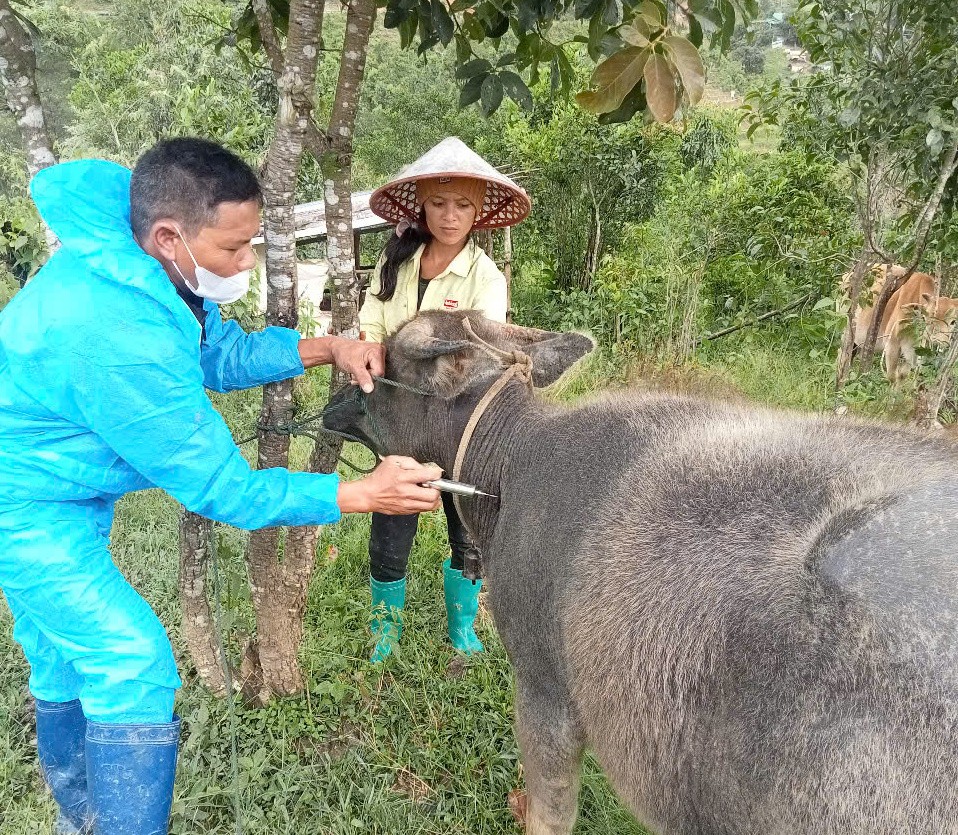
Hot, humid weather, frequent rainfall, and uncontrolled livestock trading and transport have further heightened the risk of outbreaks. Local authorities, in coordination with the Dak Pek Commune Agricultural Service Center, have taken samples for testing and implemented emergency containment measures, including quarantining infected cattle, disinfecting barns, and isolating outbreak areas.
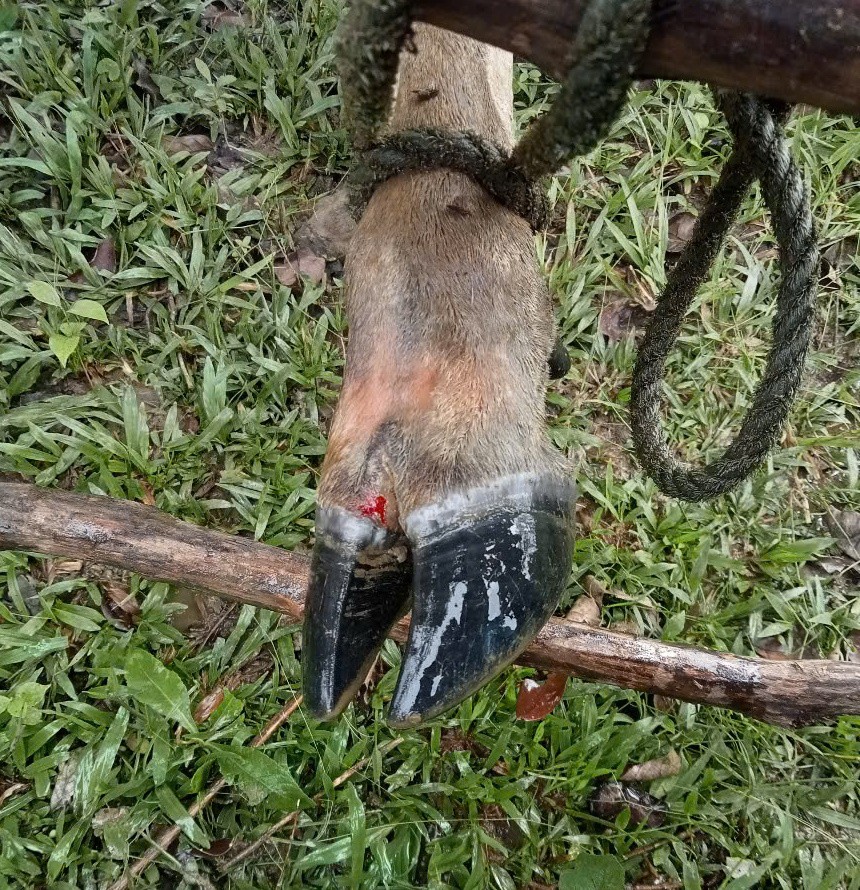
To support containment, the commune has provisionally deployed veterinary supplies, including 20 bottles of Ecoli treatment, 500 kilograms of lime disinfectant, and 20 bottles of Bio-Cep 5. Dak Plo currently has a total livestock population exceeding 6,199, including 4,599 buffaloes and cattle, and around 1,600 pigs.
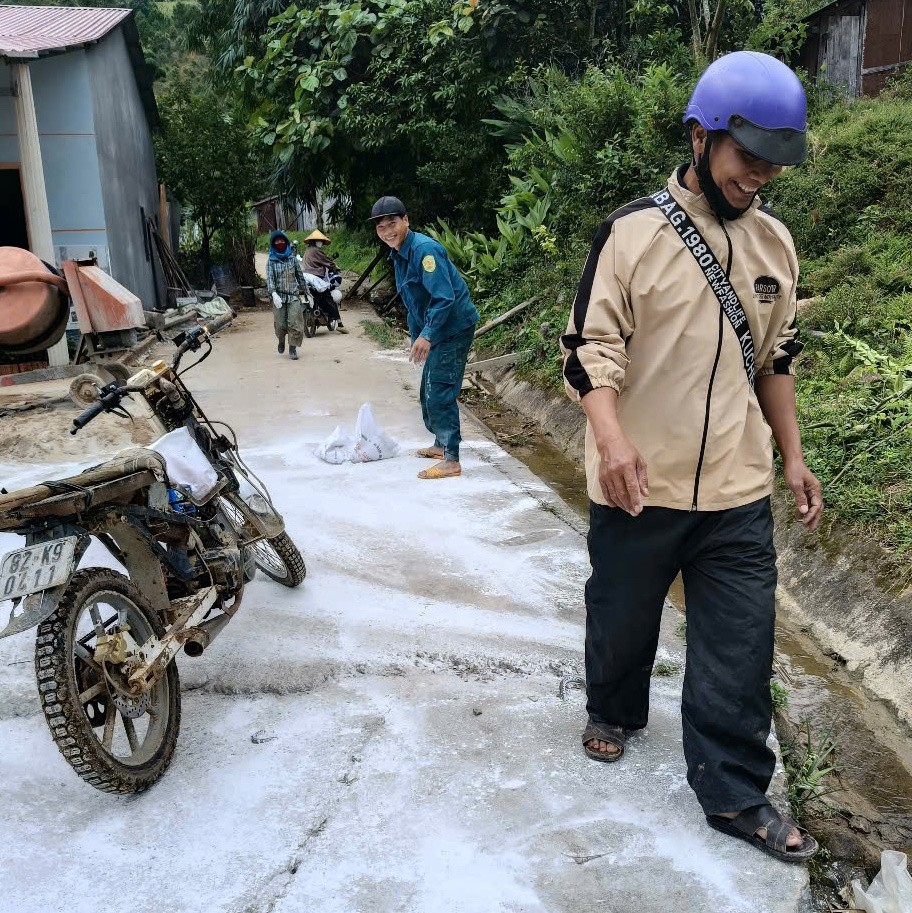
Given the complex disease situation, authorities have also warned of possible outbreaks of African swine fever, pasteurellosis, avian influenza, and lumpy skin disease. The Dak Plo Commune People’s Committee has requested 4,599 doses of foot-and-mouth disease vaccine and 300 liters of disinfectant from the Quang Ngai Provincial Sub-Department of Livestock Production and Animal Health to proactively contain and prevent large-scale outbreaks.
